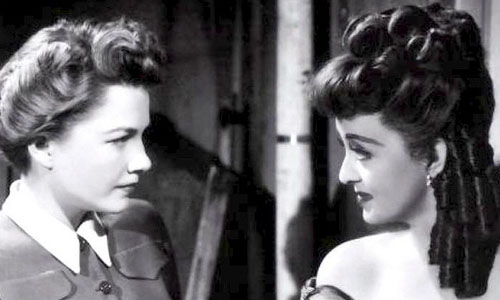
Miss Representation felt like that moment when I realize I have been dawdling in my own little reverie during class and feel a whack of clarity telling me to sit up straight and pay attention to the lecture on the Civitas Romana. I wouldn’t call myself ignorant, but I admit that before we were ushered into Caswell Hall to watch the documentary, the notion of how atrociously women are portrayed in media nowadays had rarely crossed my mind. Accuse me of glorifying the past, but weren’t women characters in film back in the “good ole days” (around 1930s to 1950s) so much better than they are now? Or, at the very least, a positive female presence was more frequent.
Don’t get me wrong; it’s been a great year for women with ensemble movies like Bridesmaids and The Help, but if you strip away the critical acclaim, those films are notable because they feature diverse female roles. While it’s wonderful to have well-written, multi-layered women on screen, I can’t but feel something is amiss when they are treated like refreshing novelties instead of commonplace.
I feel that the roles of 60-or-so years ago were a bit more, shall we say, meaty. True, many of them were reserved for the housewife or budding ingénue, like in A Star is Born (both the 1937 version with Janet Gaynor and the 1954 one with Judy Garland), but you could often count on the female character to provide the witty wisecracks or steal the scene. Take All About Eve (1950); set in the world of the theater, it is a mostly female-driven, biting comedy staring Bette Davis in which every role is to be savored, men included. The women are catty, dramatic, prissy and, above all, possess an enviable sophistication. With each viewing, it only becomes more crisp and timeless in my eyes (tidbit: it features a young, scene-stealing Marilyn Monroe in one of her first roles).
But this staggering difference could be due to the variation of stars. They had Katharine Hepburn and Grace Kelly; proud, elegant and intelligent. We have Julia Roberts and Cameron Diaz, and while they too have their merits, they often squander their immense talent by only flaunting their beauty in average popcorn flicks because those are the only roles offered to classically attractive women lately. Thank goodness for the likes of Meryl Streep and Kate Winslet, or we would be drowning in a mess of strictly commercial fare.
Don’t think I’m painting a bad image of our century, though. In fact, I love the freedom the film industry has been given in comparison to the strict morality codes of the 30s to 50s. But as an aspiring screenwriter, it is dismaying to see the gap between male and female roles. I’m waiting for the day when men and women will be on equal playing fields and there will be no male or female designated movie; instead there will simply be cinema. Is that too much to ask?

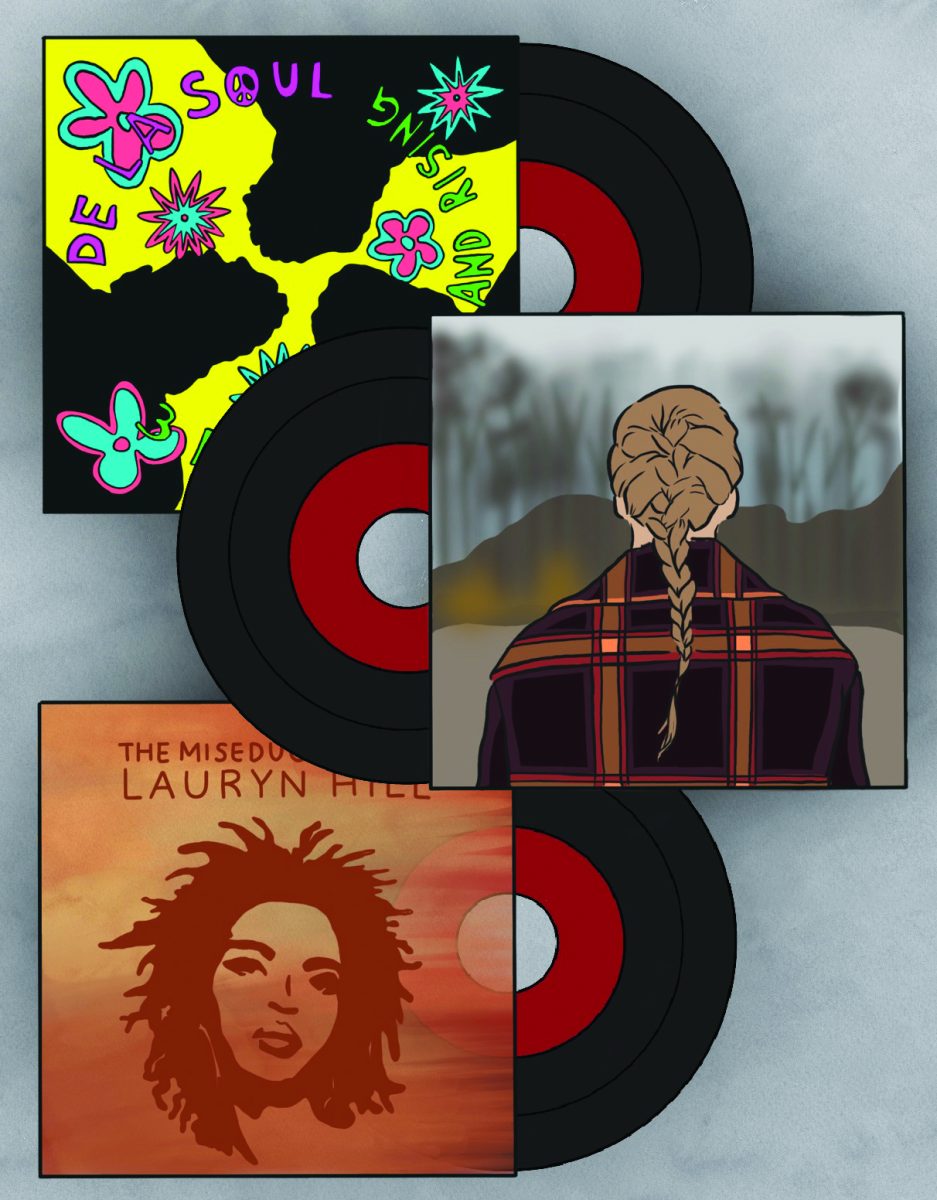


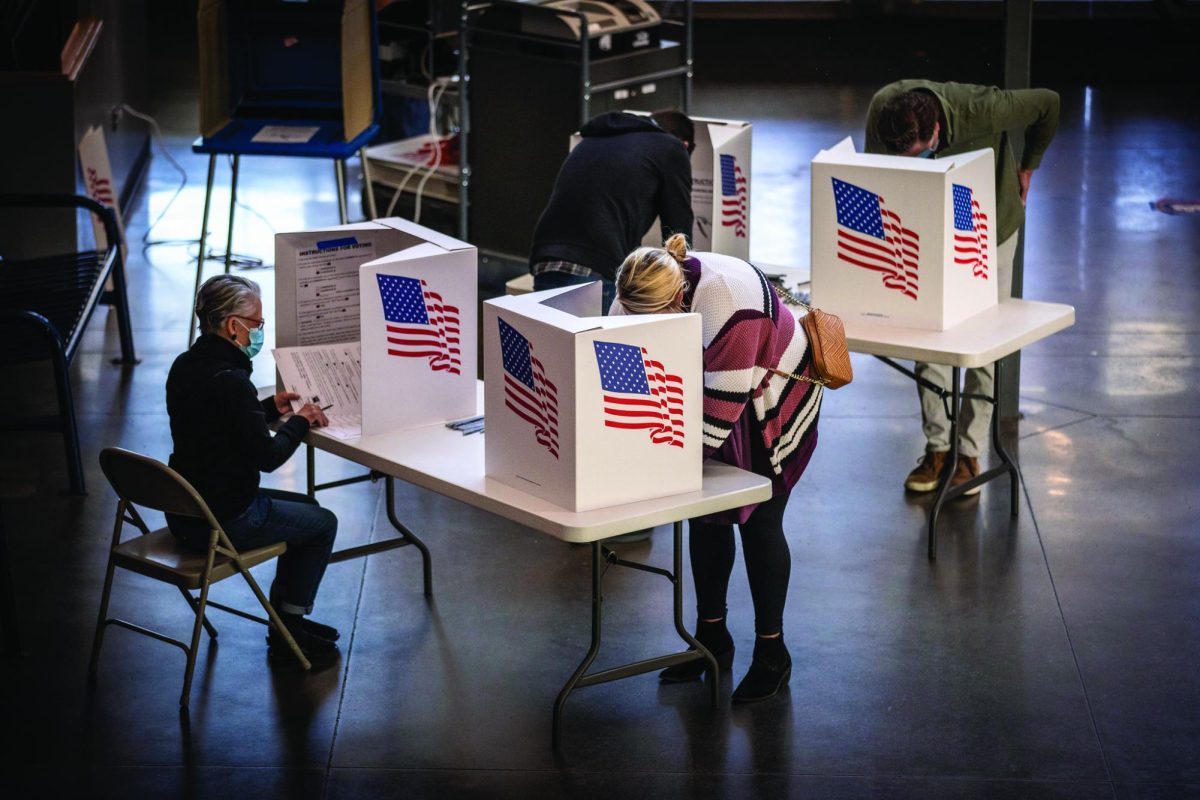

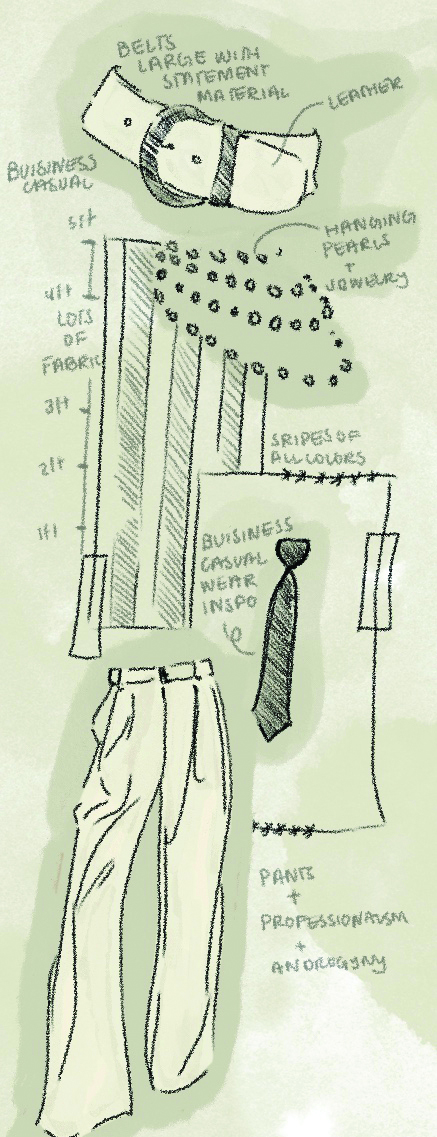
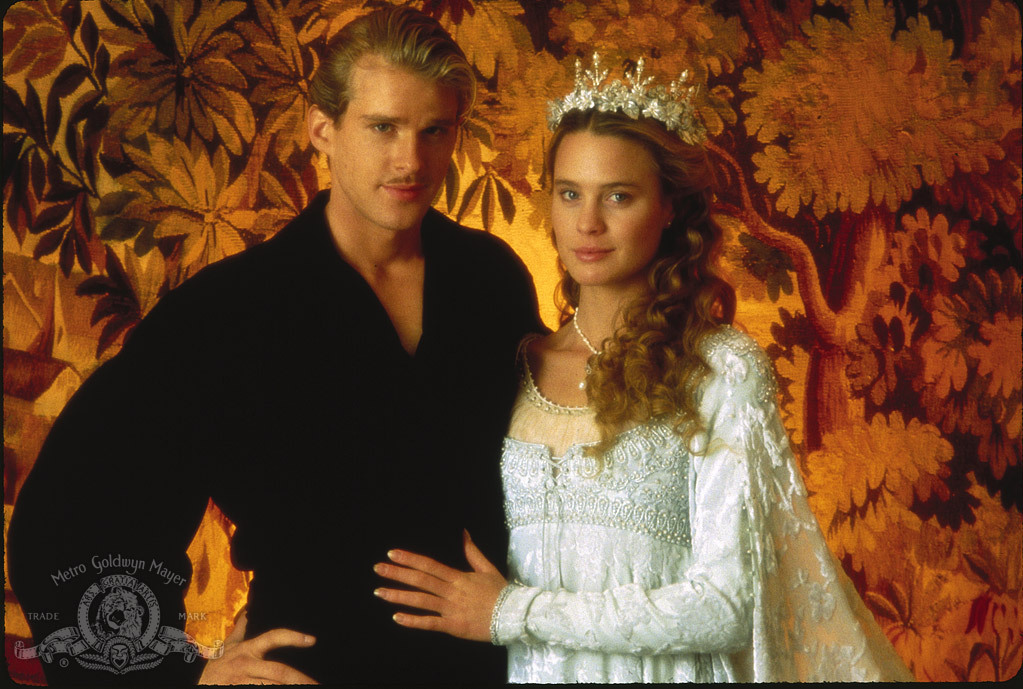
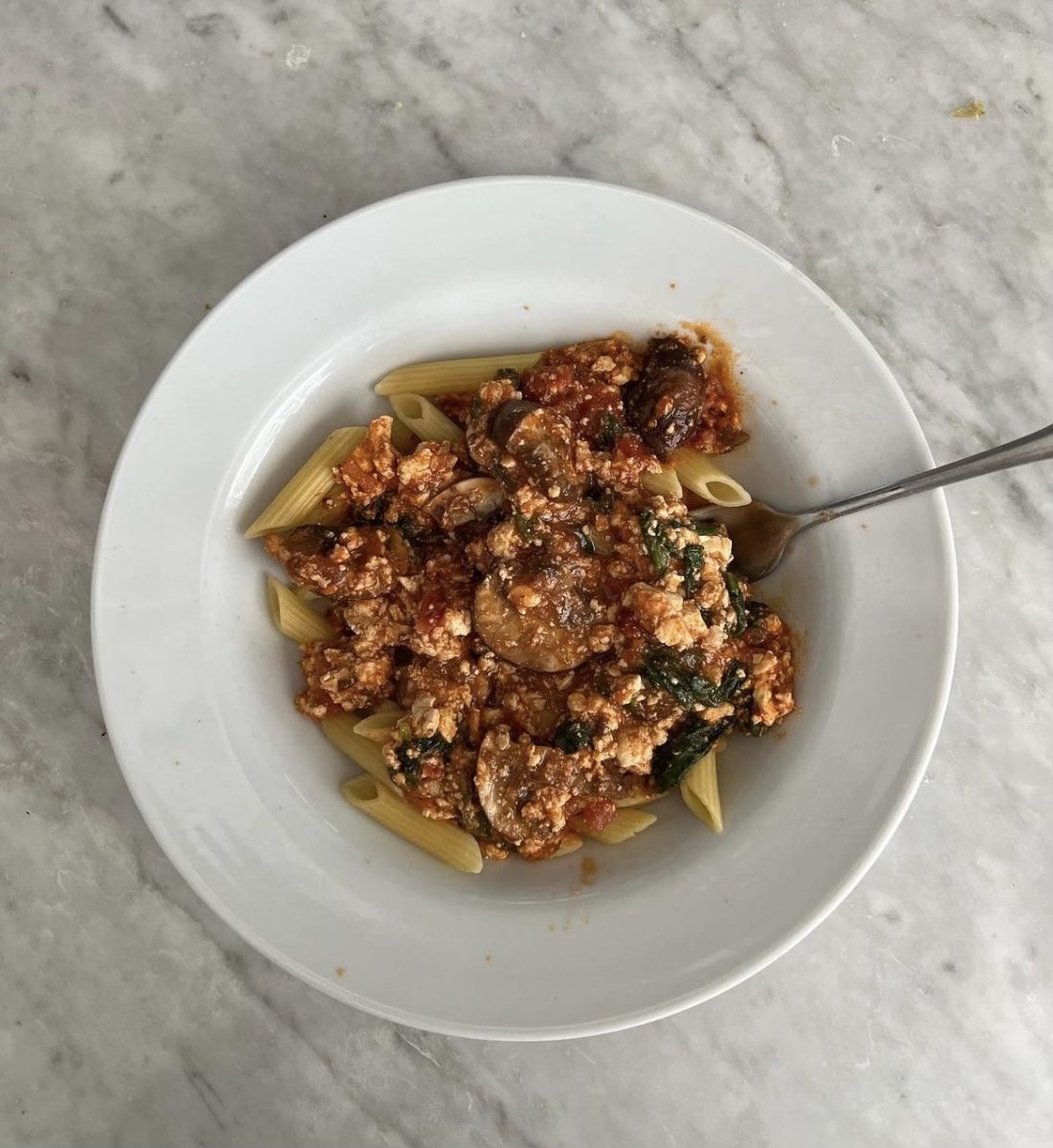
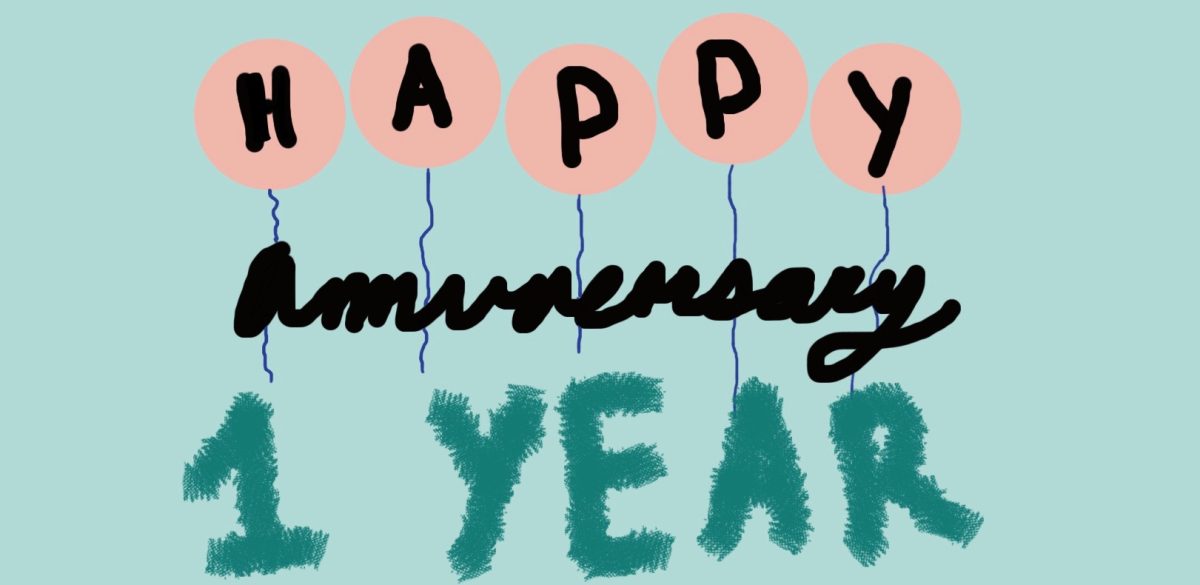

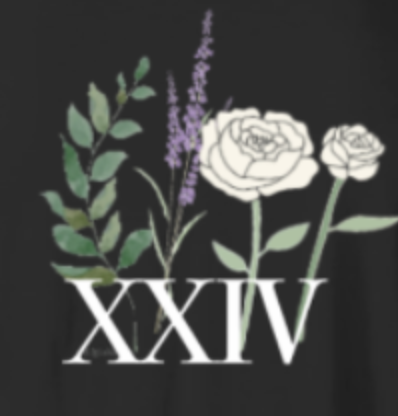


sccrfan239 • Oct 5, 2012 at 1:57 pm
chill chick, knows whats up